The 1914 Skanderbeg Issue from Albania is a significant and sought-after set in Albanian philately. Here are the key details:
- Historical Context:
- Issued shortly after Albania gained independence from the Ottoman Empire in 1912
- Skanderbeg was a 15th-century Albanian national hero who led a rebellion against the Ottoman Empire
- Design:
- The stamps feature a portrait of Skanderbeg in his distinctive helmet with a goat’s head crest
- This iconic image became a symbol of Albanian nationalism
- Denominations:
- The set included values ranging from 1 qind to 5 franga
- A total of 12 different denominations were issued
- Colors:
- Each denomination was printed in a different color
- Examples include red, blue, green, brown, and violet
- Printing:
- The stamps were printed in Vienna, Austria
- Produced using lithography
- Perforation:
- The stamps were perforated, likely gauge 12 or 12.5 (though you should verify this in a specialized catalog)
- Varieties:
- Several printing varieties exist, including color shades and minor plate flaws
- Imperforate examples are known but are quite rare
- Rarity and Value:
- While not extremely rare, these stamps are highly sought after by collectors
- Well-preserved mint examples, especially of higher denominations, can be quite valuable
- Used examples on cover are particularly prized
- Significance:
- This issue is considered one of the first major stamp sets of independent Albania
- It played a role in establishing Albanian national identity through philately
The 1914 Skanderbeg Issue remains a cornerstone of Albanian stamp collecting, representing a crucial period in the country’s history and philatelic development. As with any classic issue, authentication is important for high-value examples.




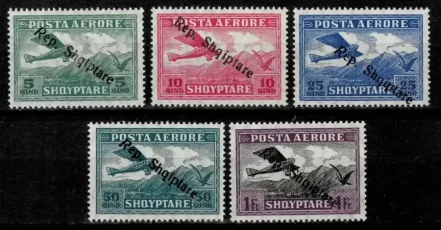
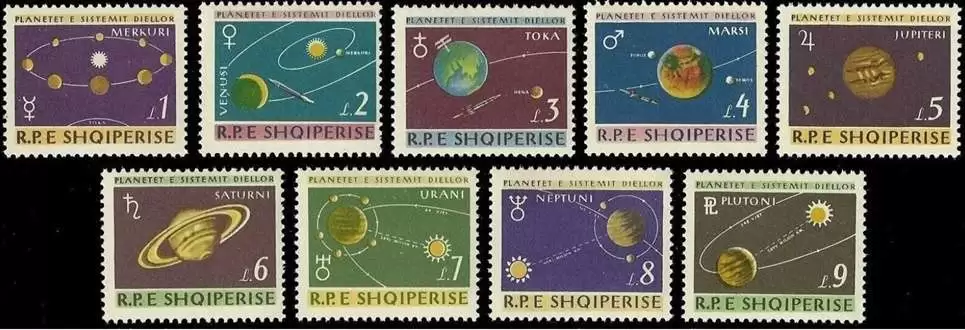
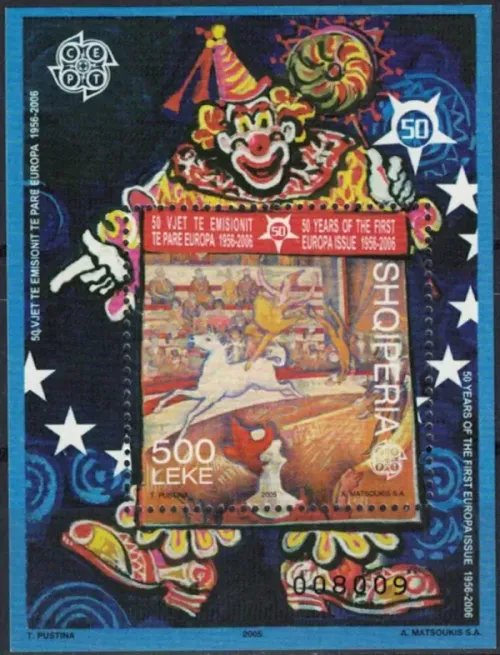
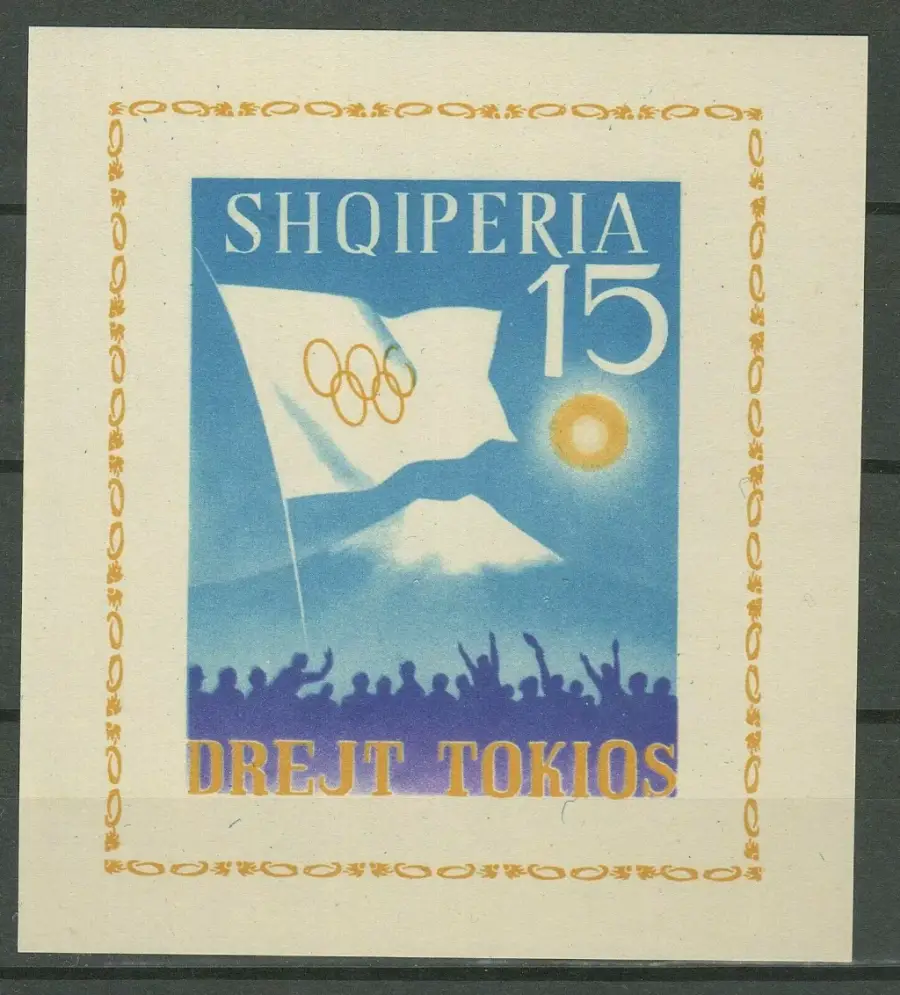
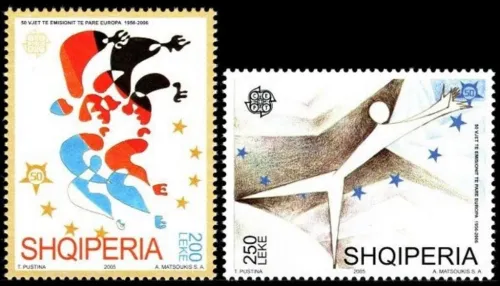
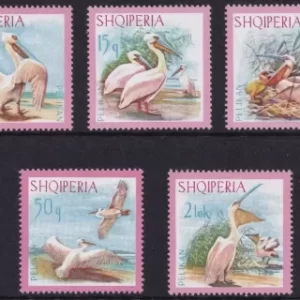
Reviews
There are no reviews yet.